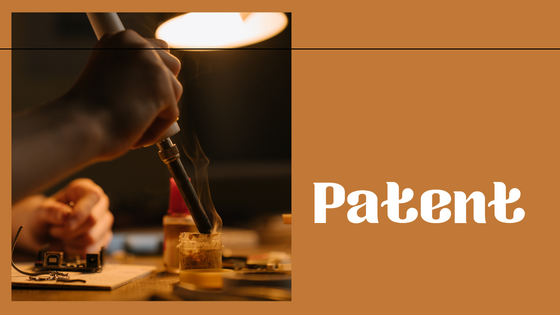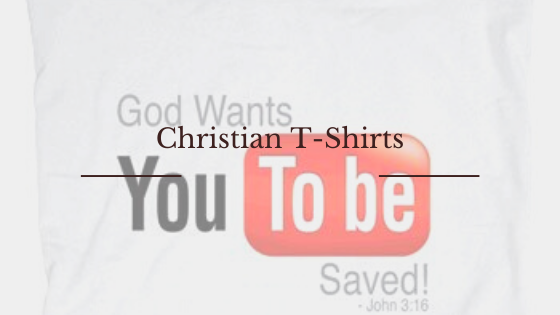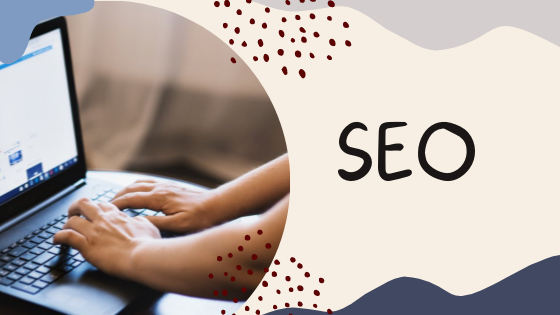If you have an idea for a new product or process, the first thing you should do is check whether it’s patentable.
A patent provides the owner with a limited monopoly for an invention or design. For example, if you were to apply for and be granted a patent on a new type of cooking implement that makes food easier to cut, then no one else would be able to make or sell this particular product without your permission.
Patents are useful for protecting intellectual property in the same way as copyright protects artistic works and trademarks protect branding as you can see on https://okmagazine.com/p/inventhelp-reviews-new-ideas-invention-patent-services/ article. However, unlike patents, these forms of intellectual property can be registered at no cost.
To qualify for patent protection, an idea must be original and must not fall under any of the following categories:
- A scientific principle (eg gravity)
- A scientific discovery (eg penicillin)
- A literary work (eg a novel)
- A computer program (eg Microsoft Excel)
- A piece of artwork (eg a painting)
- A machine (eg an iPod)
- A process (eg how to make penicillin)
- An invention that is obvious and has been made before

How To File For A Patent?
To file for a patent, you must first prepare and submit an application. This can be done by either visiting the United States Patent and Trademark Office website or hiring an attorney or a patent agency, like Invent Help to handle the process for you. After your application has been submitted, it will go through several review stages before being approved or denied.
You will receive a patent once the application is approved and registered. From there, you may choose to sell your patent or keep it for yourself. If you do decide to sell your patent to someone else, that person must pay royalties in order for them to use your invention.
In Conclusion
A patent is an important part of the invention process. It allows you to protect your intellectual property and make money from it. You can also use it as a bargaining chip when negotiating with companies who want to purchase your invention.



